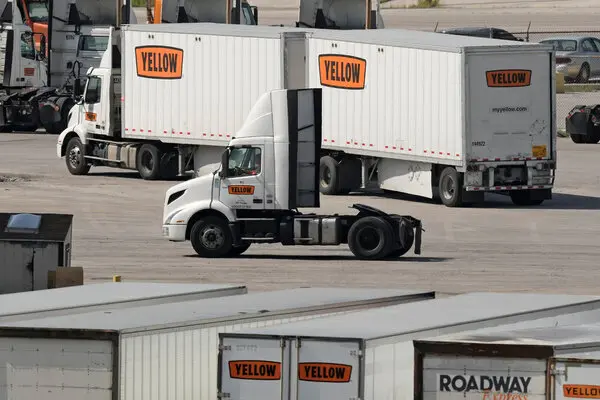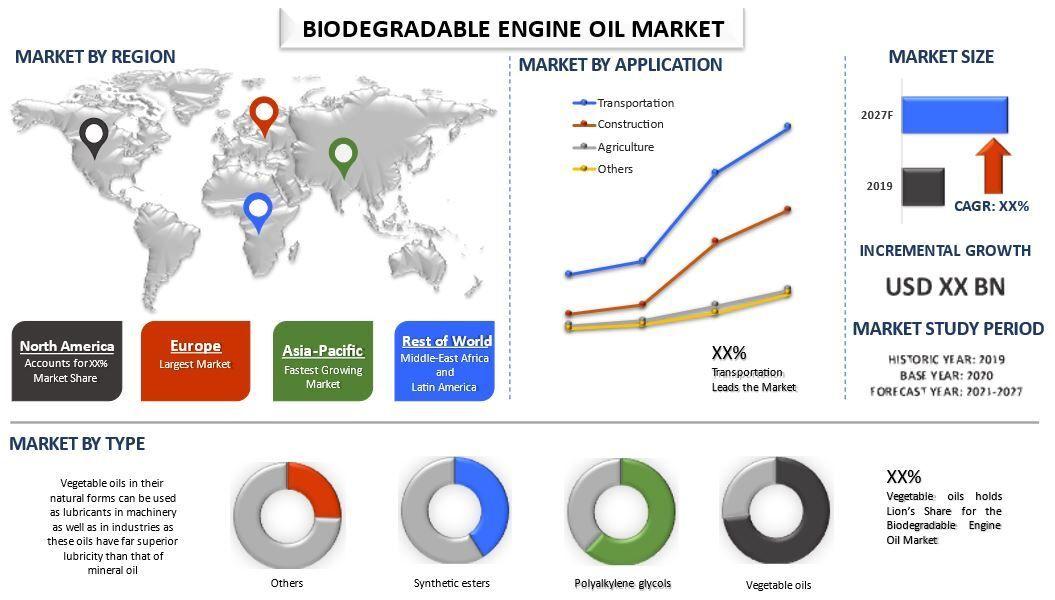Financial Recovery After Trucking Bankruptcies

The U.S. trucking industry is the backbone of commerce, moving nearly 72% of all freight. But as fuel costs rise, freight rates drop, and operating expenses climb, more and more carriers are being forced to shut down. The recent wave of trucking company bankruptcies has left many owners, drivers, suppliers, and clients wondering what to do next — and how to recover.
Why Trucking Companies Are Filing for Bankruptcy
The spike in trucking bankruptcies is driven by a mix of market pressures and internal challenges. Understanding these causes is essential if you're operating in or relying on this industry.
📉 Declining Spot Rates
Freight spot rates — the prices paid to haul loads on the open market — have plummeted since 2022. Many companies that expanded during the pandemic-era boom are now running at a loss.
⛽ Rising Fuel and Insurance Costs
Diesel prices remain volatile, and commercial truck insurance premiums have surged. These two costs alone make up more than 50% of operating expenses for many carriers.
🚚 Excess Capacity
Too many trucks are chasing too little freight. Many new carriers entered the market in 2020–2021, leading to oversaturation and undercut pricing.
💳 Heavy Equipment Debt
Financing new trucks and trailers during a strong market made sense — but now that profit margins have vanished, companies can’t meet loan obligations.
👷 Driver Turnover
Even when loads are available, many carriers can’t find or retain drivers due to labor shortages and increased competition for CDL holders.
The Legal Path: What Happens When a Trucking Company Declares Bankruptcy?
When a trucking company files for bankruptcy, it typically does so under either:
Chapter 7 (Liquidation)
The company stops operating, a bankruptcy trustee is appointed, and all assets are sold off to repay creditors. Contracts are canceled, employees are let go, and trucks are often repossessed or auctioned.
Chapter 11 (Reorganization)
The company continues operating under court supervision while it restructures its debt. This may involve renegotiating contracts, downsizing, or selling off non-core assets. Some companies emerge from Chapter 11 stronger, but many still fold if they can’t stabilize.
Who Is Affected by Trucking Company Bankruptcies?
Trucking bankruptcies don’t just affect the carrier itself. The damage ripples across multiple stakeholders.
🛠️ Suppliers and Vendors
Fuel distributors, repair shops, tire providers, and technology vendors may be left with unpaid invoices and lost customers.
📦 Shippers and Freight Brokers
If a carrier suddenly shuts down, freight goes undelivered, schedules fall apart, and contracts must be reassigned — often at a higher cost.
🚛 Owner-Operators and Drivers
Company drivers may be out of work overnight, while owner-operators may lose leased equipment or go unpaid for completed deliveries.
🏦 Creditors and Lenders
Banks and financing companies that backed trucks, trailers, or operating capital may be forced to repossess assets — often at a loss.
📈 Investors and Stakeholders
Companies that invested in growing fleets or scaling operations may see capital evaporate quickly when revenue stops.
Financial and Legal Recovery After a Trucking Bankruptcy
If you're affected by a trucking company’s bankruptcy — whether as a business partner, supplier, or owner — there are actions you can take to protect your interests.
✅ File a Proof of Claim
If you're owed money, filing a proof of claim in bankruptcy court is essential. It doesn’t guarantee repayment, but it ensures your claim is recorded.
✅ Reclaim Your Assets
If you leased equipment or provided consignment inventory, legal counsel may help you recover your property before it’s liquidated.
✅ Monitor Court Proceedings
Chapter 11 cases often involve extended restructuring plans. Stay informed through court filings to understand how the outcome will affect your contracts or payments.
✅ Seek Legal Counsel
Bankruptcy law is complex. A business bankruptcy attorney can guide you through creditor rights, priority claims, and recovery strategies — especially if large sums or critical assets are involved.
Lessons for Surviving (and Avoiding) Future Collapses
For trucking businesses still operating in this unstable environment, the current wave of bankruptcies offers important takeaways:
🧮 Control Costs Rigorously
Use cost-per-mile analysis to understand your break-even point. Trim expenses wherever possible — fuel, idle time, insurance, or leased equipment.
📊 Maintain Strong Financial Records
If your company ever needs to restructure, clean, organized books make it easier to prove solvency, negotiate with creditors, or file a smoother bankruptcy case.
🛡️ Negotiate Flexible Terms
Where possible, structure equipment leases and vendor contracts with clauses that allow deferred payments or renegotiation in case of market downturns.
🔄 Diversify Your Freight Sources
Avoid over-reliance on one broker or customer. A sudden loss of a major contract can trigger a cash flow crisis.
🗂️ Build Legal Relationships in Advance
Work with a transportation attorney before trouble hits. They can help you prepare contingency plans, understand restructuring options, or even avoid bankruptcy through out-of-court settlements.
If You're a Carrier on the Brink — Know Your Options
Filing bankruptcy doesn’t have to mean giving up. Many carriers file Chapter 11 to shed debt and stay in business. Others work with attorneys to negotiate settlements with lenders, sell off excess equipment, or explore mergers.
A bankruptcy attorney who specializes in the trucking industry can help you evaluate:
-
Which debts can be restructured
-
How to protect assets like trucks and accounts receivable
-
Whether liquidation or reorganization is the best path
-
How to deal with payroll, taxes, and creditors
Early action creates more options and increases the chances of recovery — even if full bankruptcy can’t be avoided.







